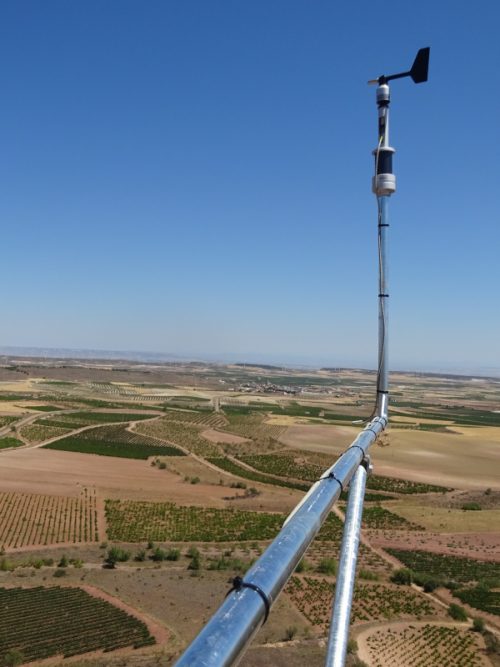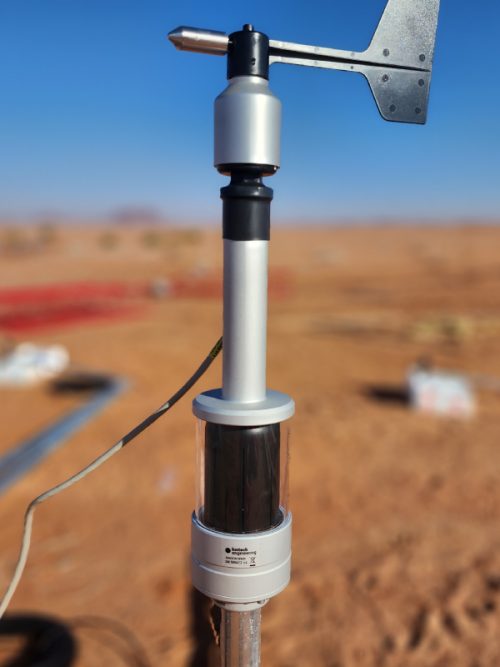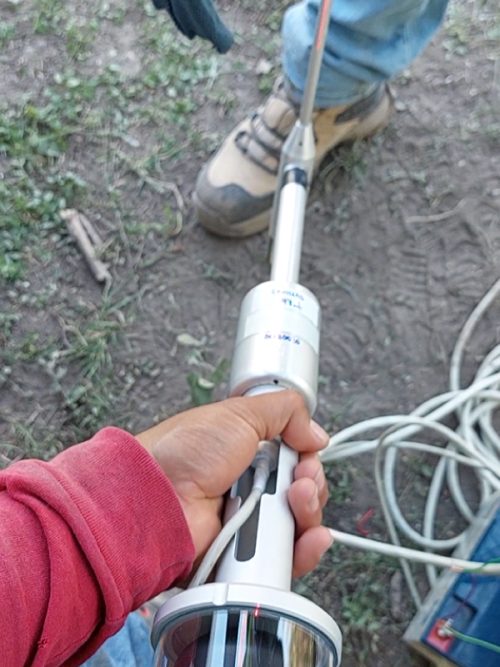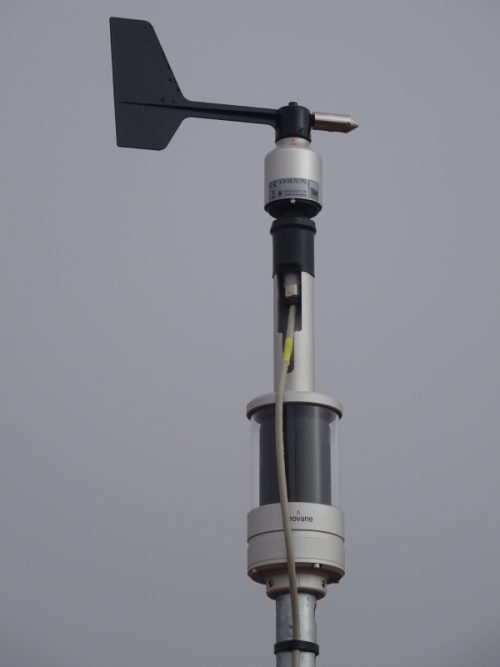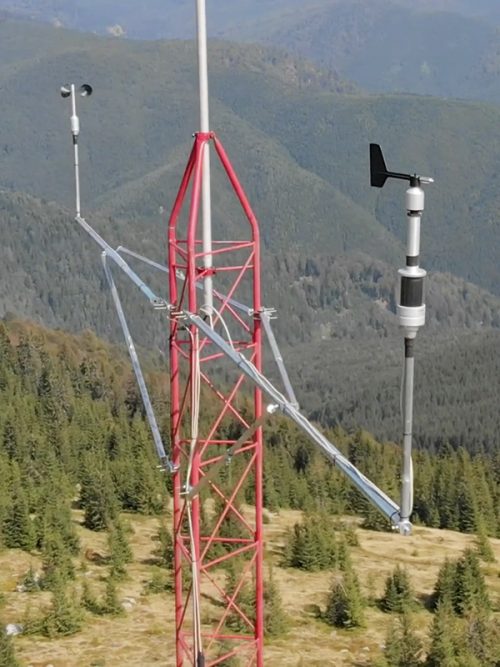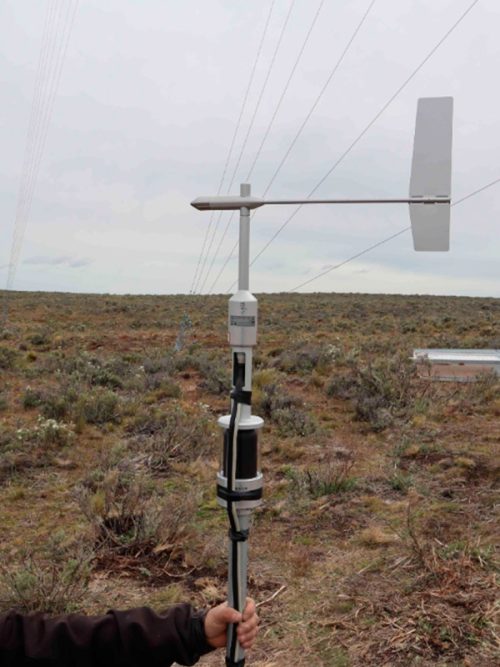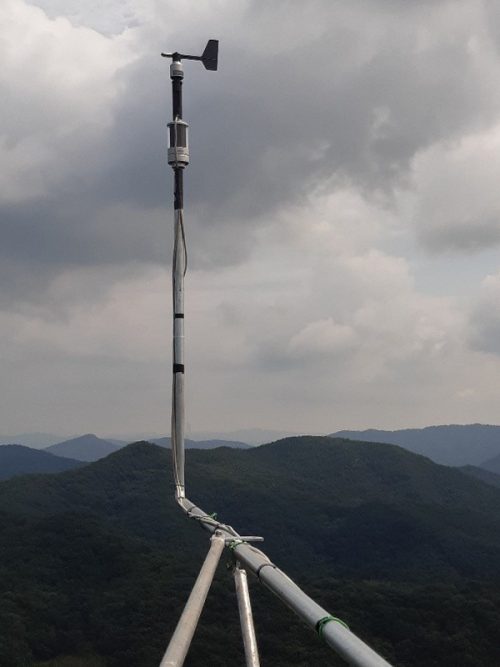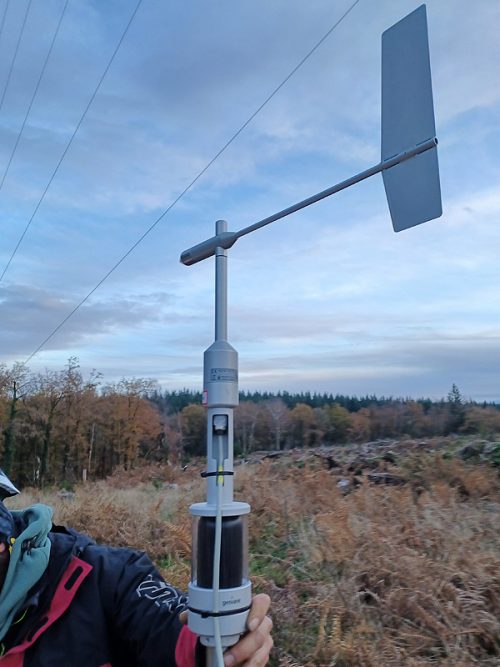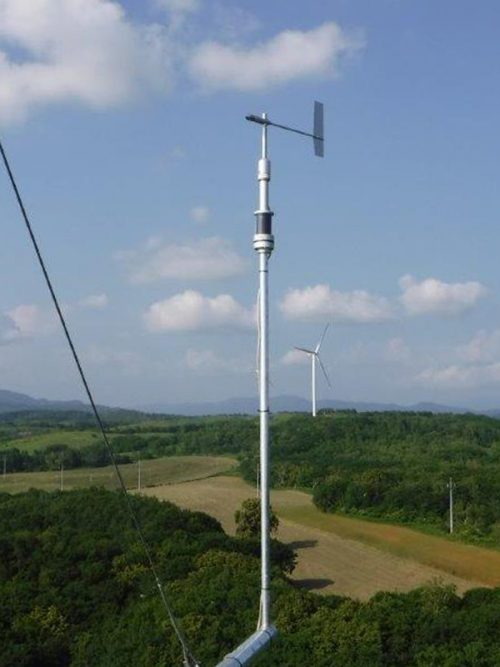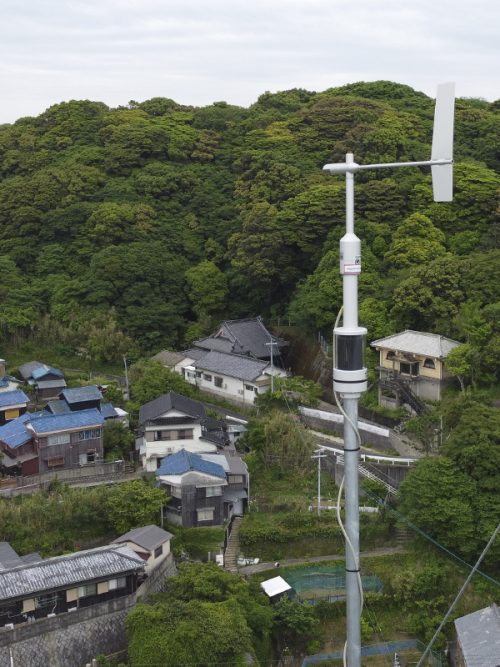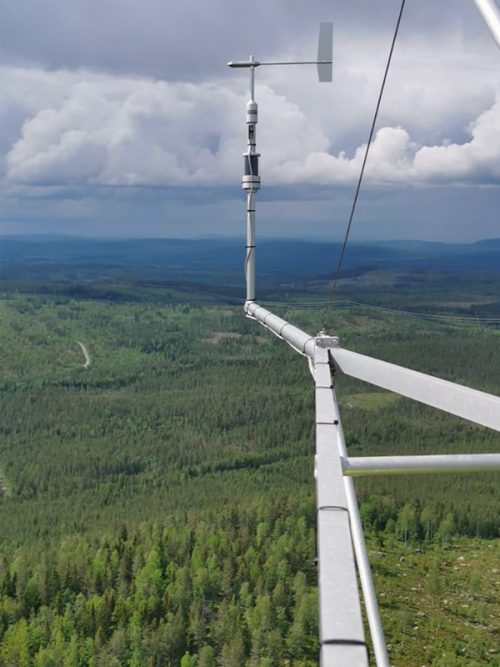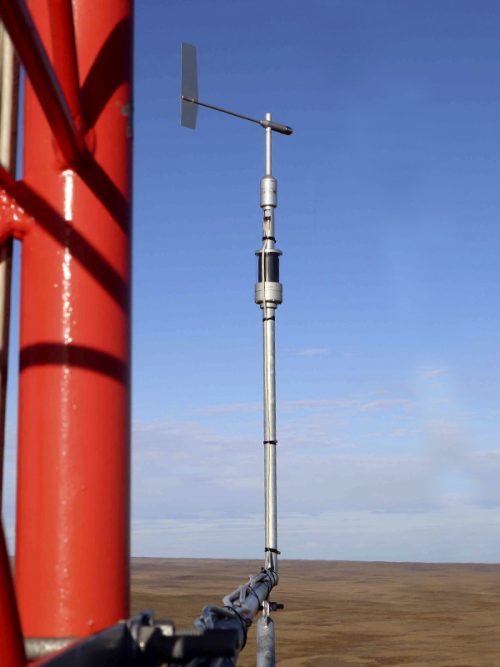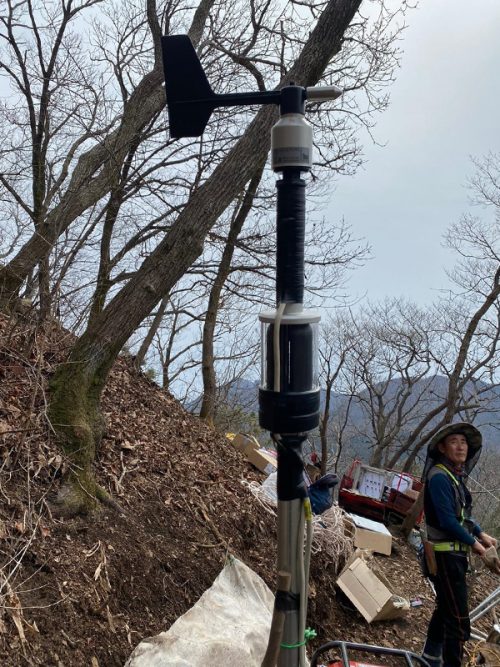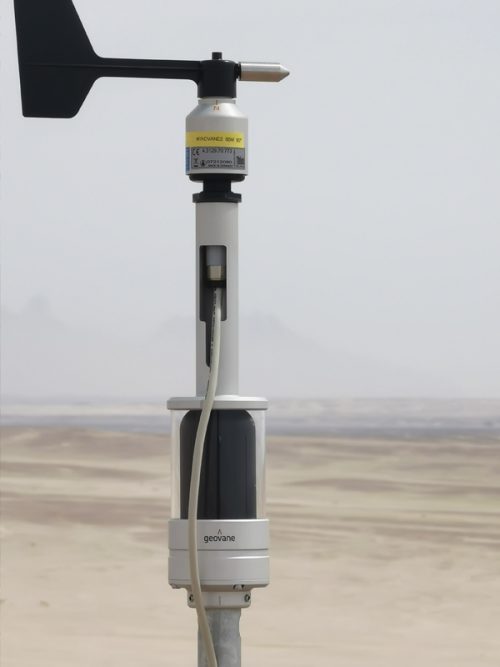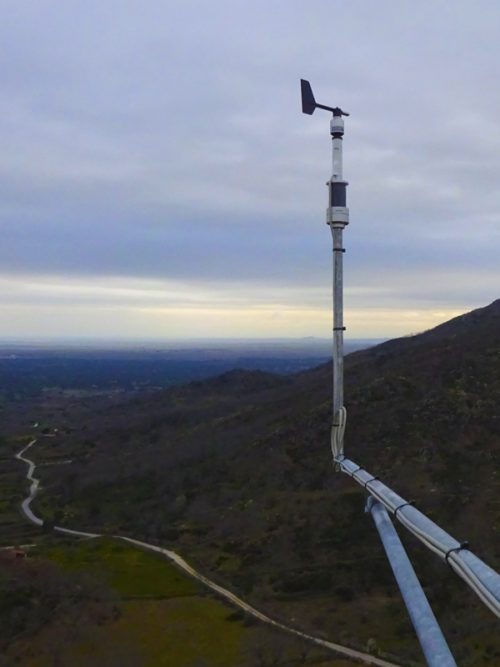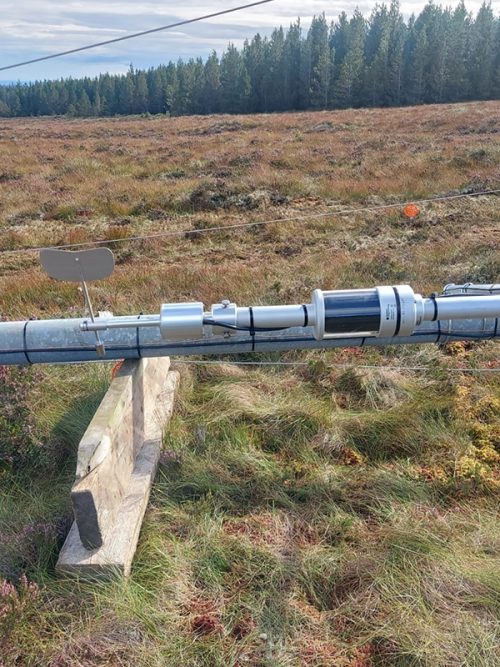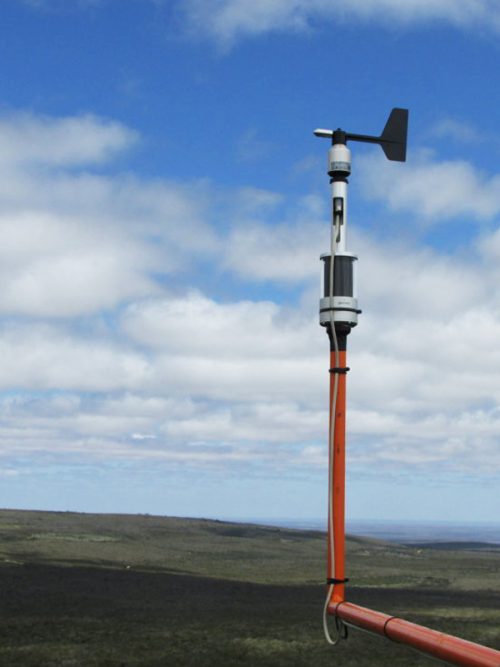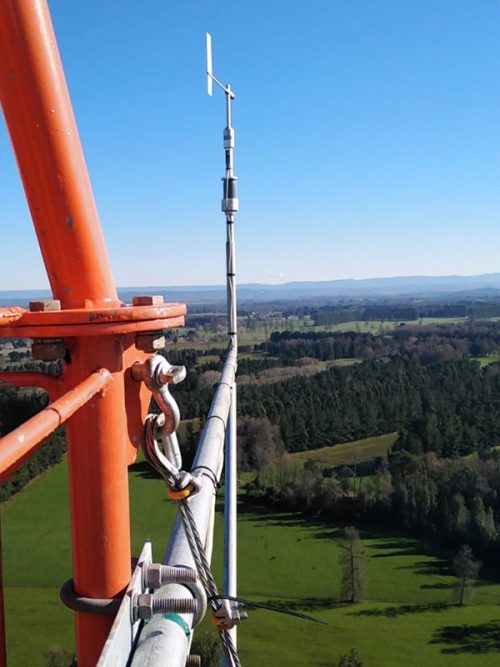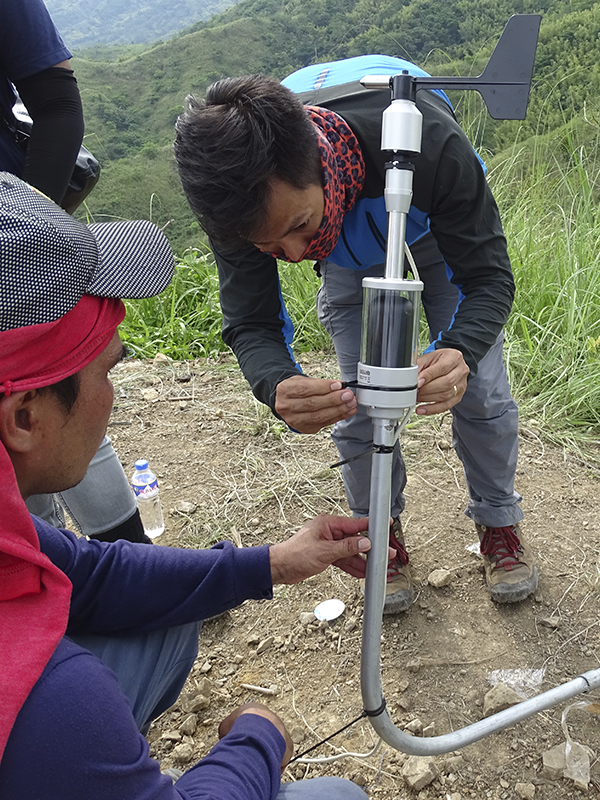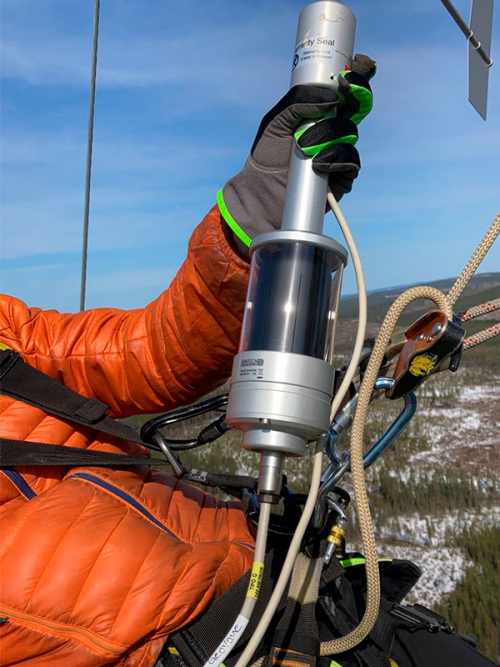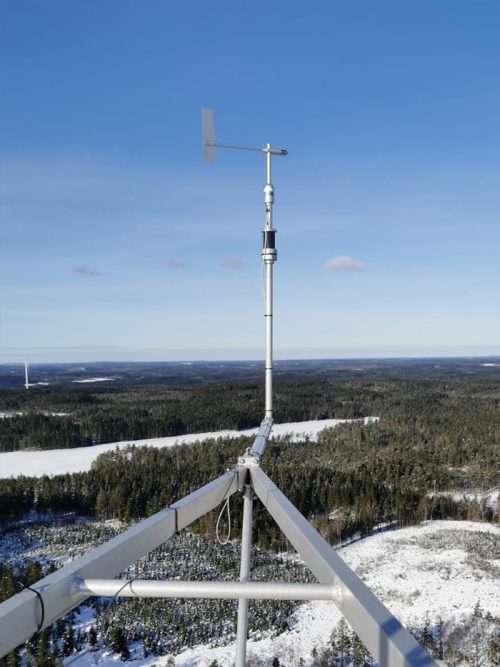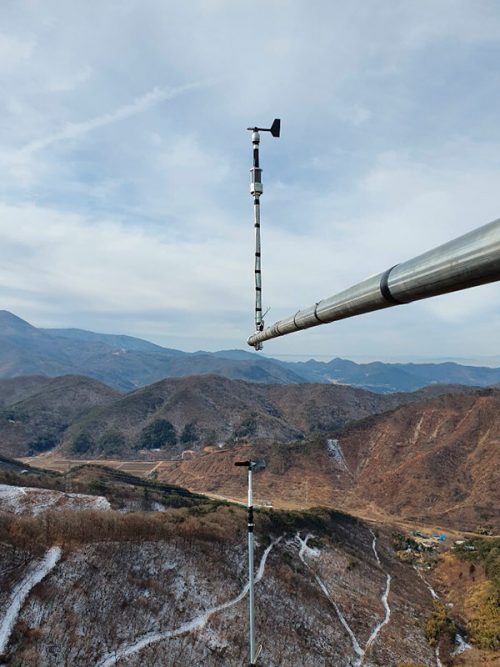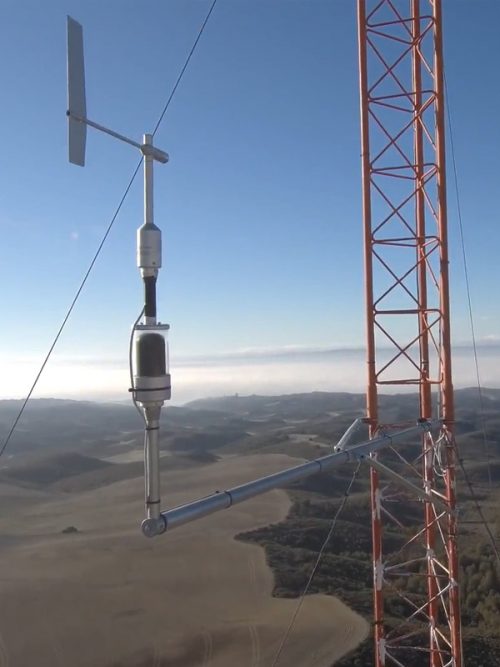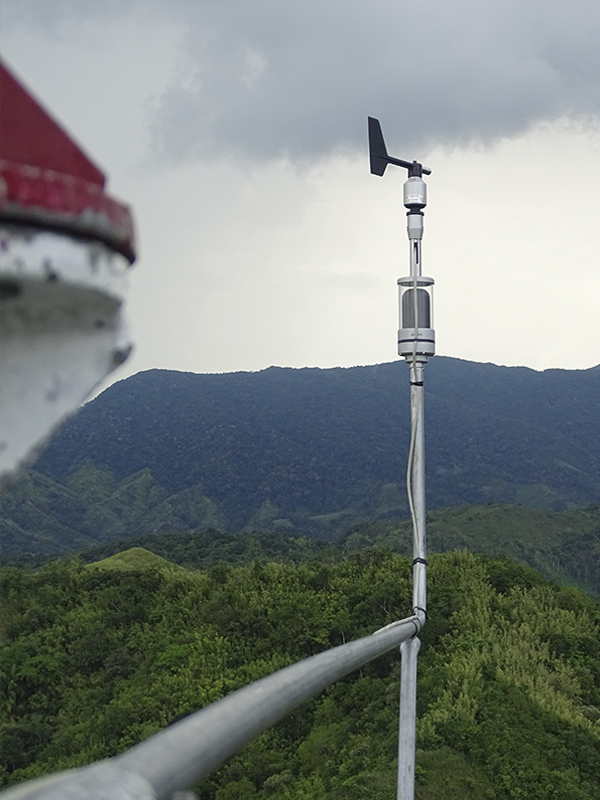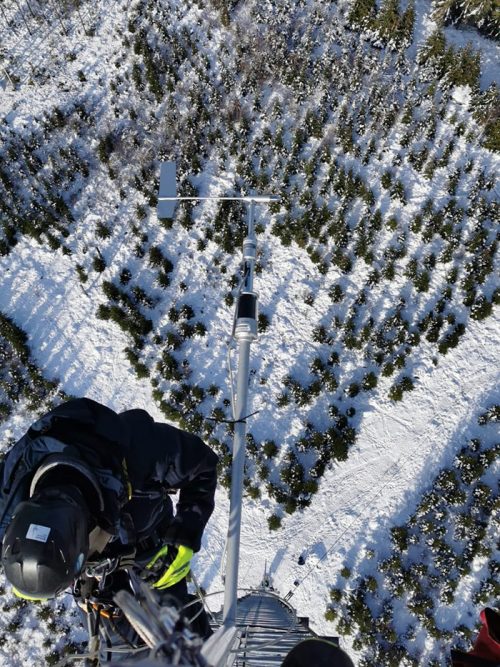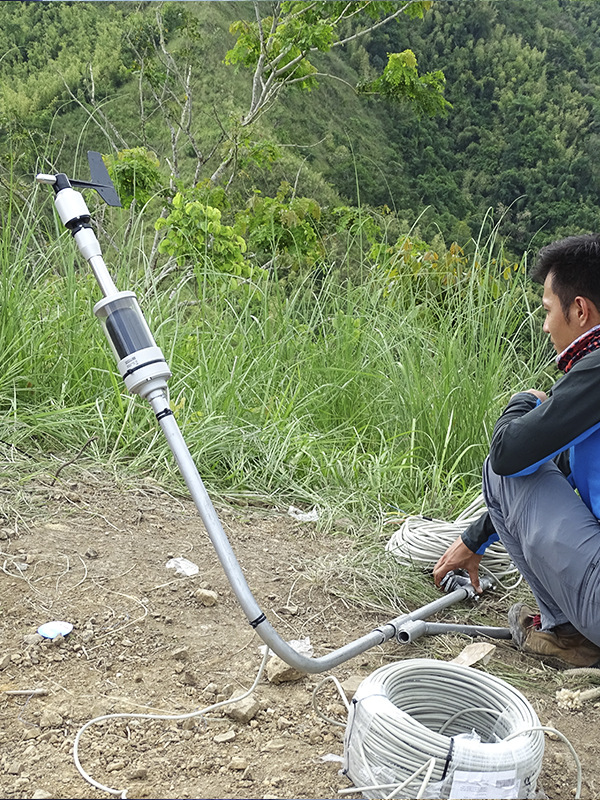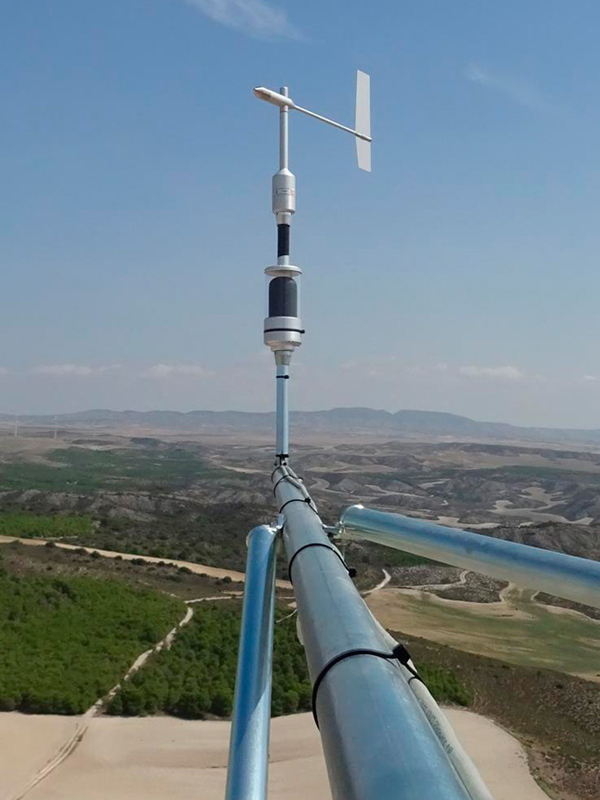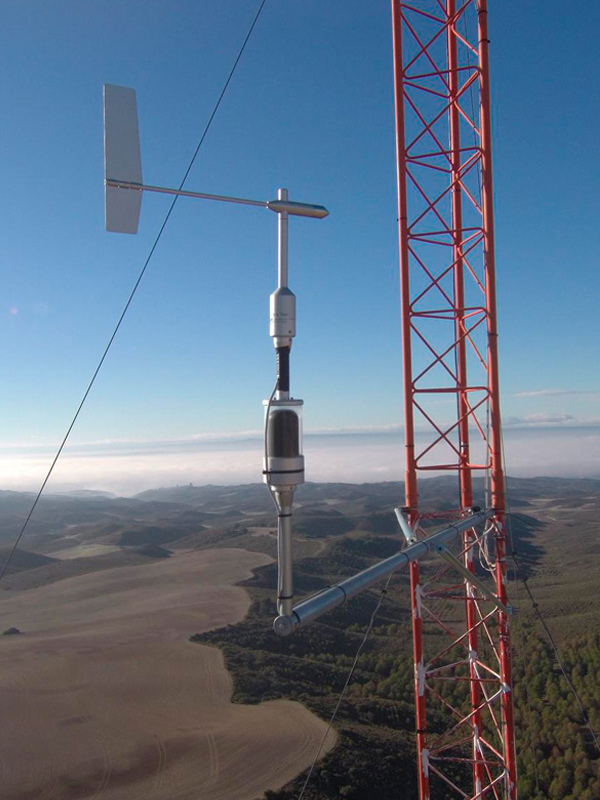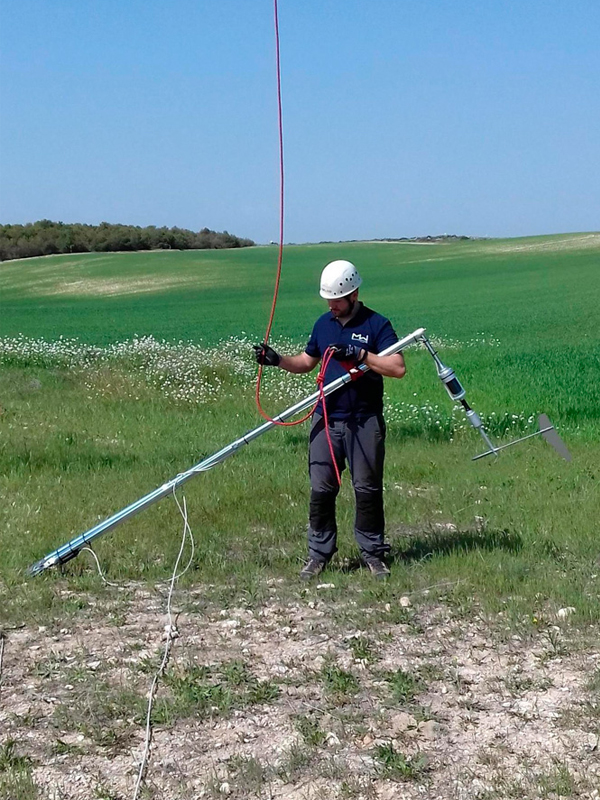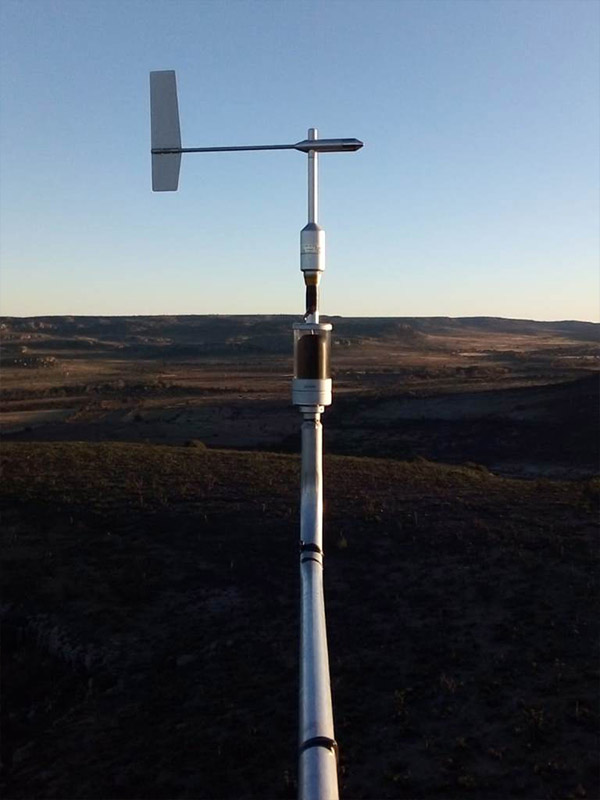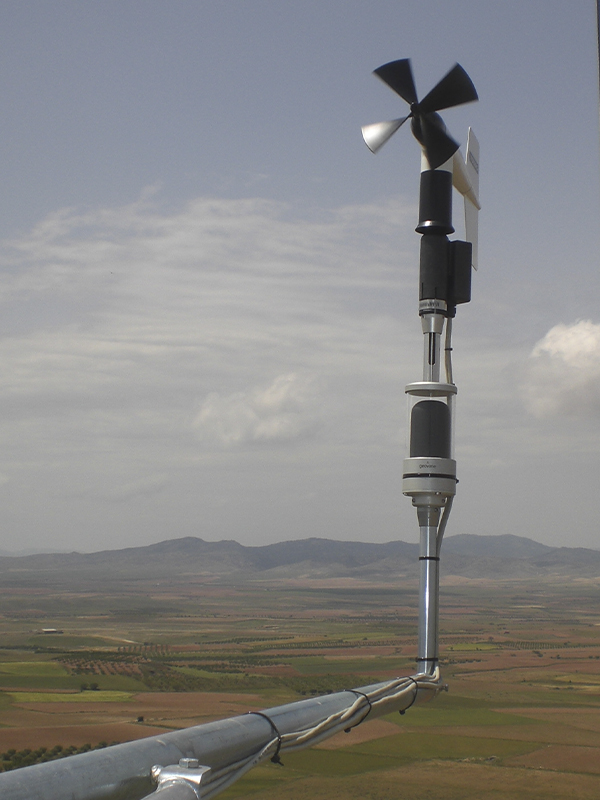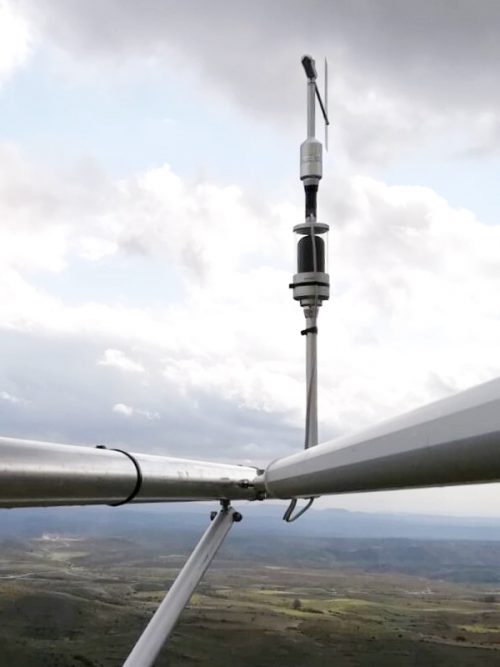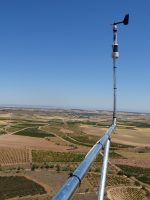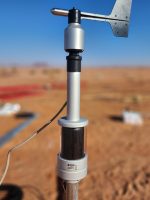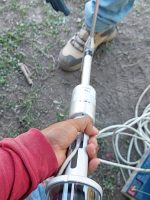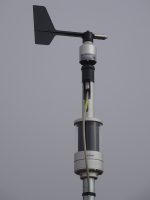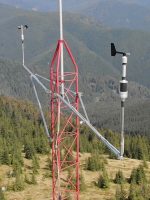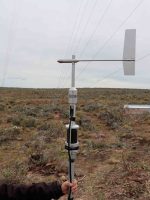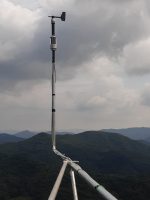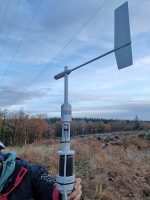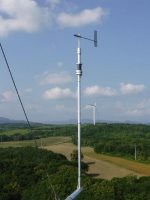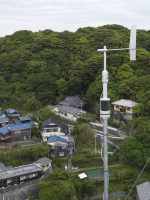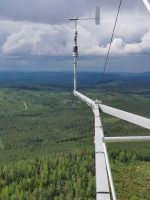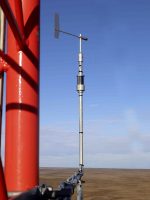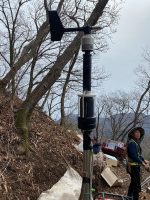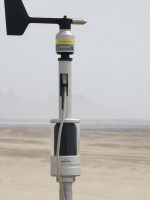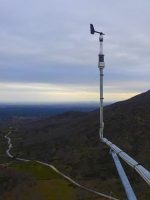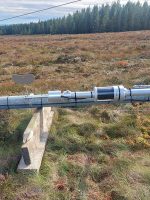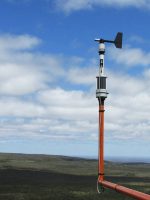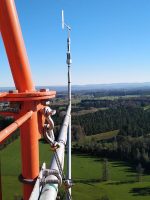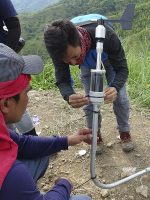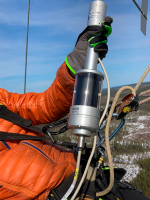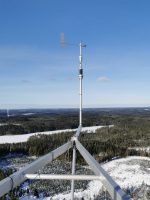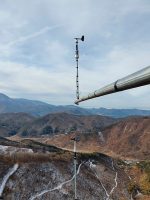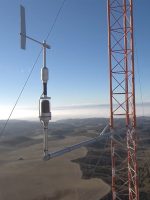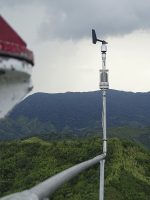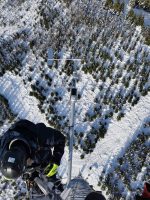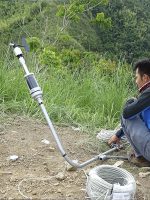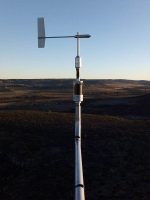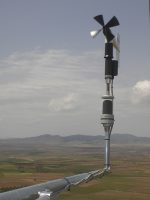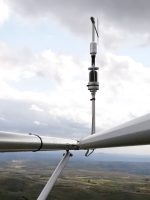Un producto patentado que finalmente resuelve las incertidumbres inherentes a la medición de la dirección del viento. Dado el impacto que tienen las mediciones incorrectas de la dirección del viento, la norma actualizada IEC 61400.12.1 (2017) requiere ahora una evaluación completa de las incertidumbres de la medición de la dirección del viento. ¡Esto ya es posible utilizando la Geovane MM!
Gracias a sus sensores optoelectrónicos de alta resolución (2048 píxeles de fotodetección), la Geovane MM utiliza el sol para medir el offset del norte verdadero del sensor que va acoplado a ella. Lo que permite unas mediciones de la dirección de viento más precisas que nunca.
El offset de la veleta con respecto al norte verdadero se obtiene comparando el ángulo de acimut solar teórico, calculado por la unidad de procesamiento integrada en la Geovane MM, con el valor de acimut leído por los píxeles de fotodetección que incorpora. La Geovane MM ofrece tres tipos de salidas: frecuencia, tensión analógica y digital, a través de una interfaz de serie de RS-485. Al añadir una Geovane MM a la configuración de su campaña de medición de viento, obtendrá los datos de dirección de viento más precisos disponibles en el mercado actual. ¡Garantizado!
M.O.E como laboratorio de pruebas acreditado IEC/ISO 17025 fue solicitado por Kintech Engineering para que llevara a cabo una validación exhaustiva con respecto a la precisión de Geovane. Las pruebas demuestran que el Geovane permite determinar de manera constante la verdadera orientación de una veleta con una incertidumbre inferior a 1º.
Haz clic aquí para ver nuestra patente “Dispositivo para determinar el error de orientación de un sensor de viento”
Haz clic aquí para descargar el resumen de la prueba de M.O.E
Haz clic aquí para descargar la publicacion de Wind Europe 2017 titulada “Novel Approach To Wind Direction Measurements”
Haz clic aquí aquí para leer un artículo sobre la Geovane con título “Geovane: True North, the right way!”
Haga clic aquí para leer un case study en el que se utilizó Geovane y se detectó una desalineación de las veletas con respecto al norte verdadero de 14 grados.
Si quiere saber mas detalles sobre la Geovane MM puede visitar su landing page en www.geovane360.com
Early Adopters
Estos son algunos de los early adopters de la Geovane Metmast. La Geovane Metmast les ha permitido reducir significativamente la incertidumbre en sus mediciones de dirección del viento, de manera consistente y repetible entre emplazamientos. Todos ellos son proveedores de energía renovable mundialmente reconocidos que impulsan el progreso de nuestro sector a través de la adopción de nuevas tecnologías, elevando los estándares de calidad de las mediciones para beneficio de toda la industria eólica.


























